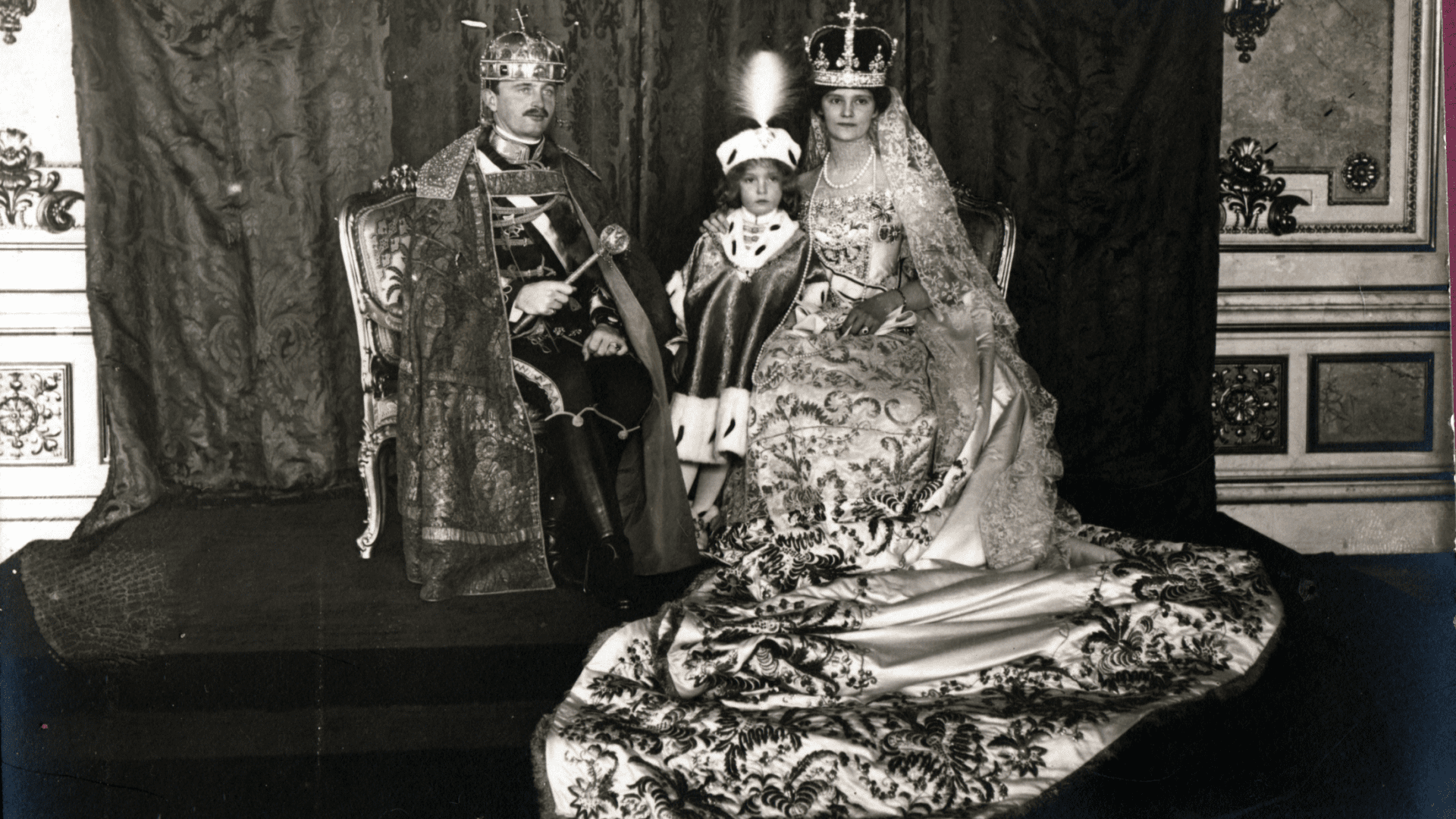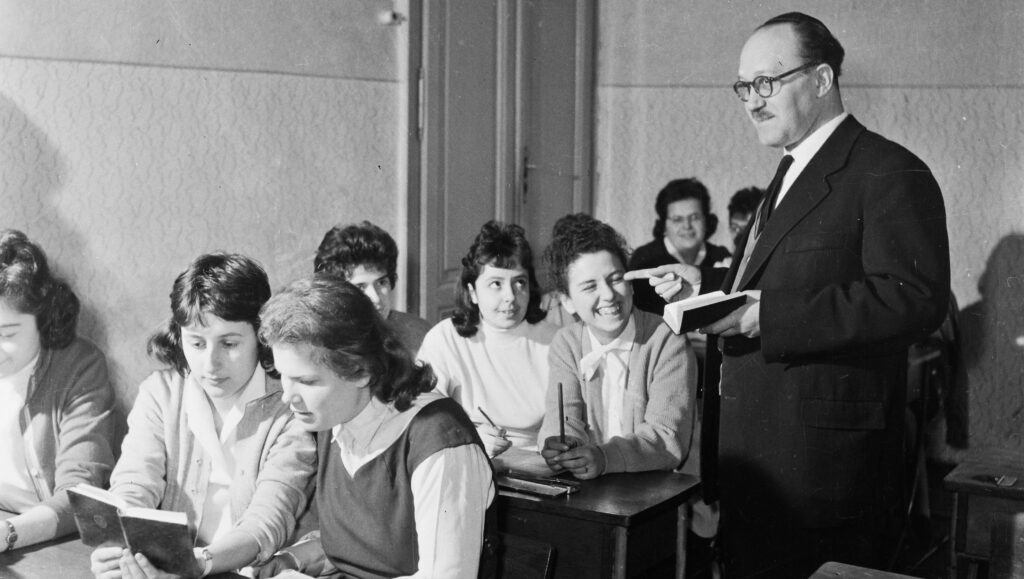The ceremonial parts of how the monarchy’s rulers ascended to the respective thrones of Hungary and Austria diverged starkly: the pomp and glory that characterized the coronation of Francis Joseph as Emperor of Austria in 1848 had mostly faded by 1916. Charles ascended to the throne of Austria simply by accepting the crown, immediately upon the death of his father. This instantly made him emperor and conferred on him all of the powers of a ruler. However, in Hungary, the traditions dating back to the times when the country was an elective monarchy never waned. While Charles became the ‘hereditary king’ upon his father’s death automatically, to become ‘apostolic king of Hungary’, therefore the fully legal ruler of the country, he was to be crowned with the Crown of St Stephen, and swear an oath, promising to abide by the constitution of the country. In fact, in Hungary, the power of kings was much more restricted than in Austria, and this was manifested in this act as well. This is why Francis Joseph was not considered a legitimate monarch until 1867.
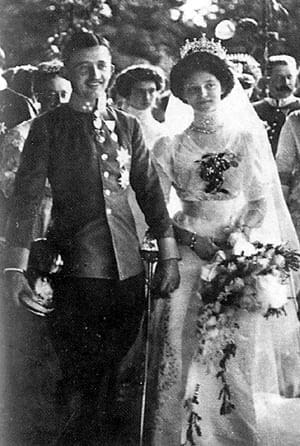
The world war was still raging when the ceremony took place in 1916. However, the Central Powers were not yet loosing. Therefore, the coronation was modest when compared to the previous ones, due to the war effort and the cold winter, but the mood of the country was not fully negative. Most hoped that the new king would negotiate a separate peace with the Entente. The political elite was also keen on making the coronation happen as soon as possible. By making Charles swearing allegiance to the constitution, they hoped to avoid the inner, structural reform of the monarchy, something the new ruler sought for. While keen on expanding the autonomy and rights of the minorities, as well as including at least the Czech, making the monarchy a ‘trialist’ state, Charles was no enemy of Hungary. In fact, he proposed that during the ceremony the Hungary anthem was to be played, instead of ‘Gott erhalte’, the imperial anthem.
Therefore, the ceremony was set to take place on 30 of December in the Matthias Church of Buda. Charles was the third king—after his father, and Ferdinand V—to be crowned in Buda, instead of the traditional coronation city of Pozsony (Pressburg, today Bratislava, the capital of Slovakia). Furthermore, he was the first to be inaugurated in Budapest, the unified capitol city of Hungary. The Mátyás Church was decorated lavishly for the event. The pillars were wrapped in carmine red material, which was the dominant colour of the decoration in general, as the colour of kings. Renowned Hungarian painters of the era, such as Bertalan Poór and József Rippl-Rónai, took part both in preparing the decorations and depicting the event.
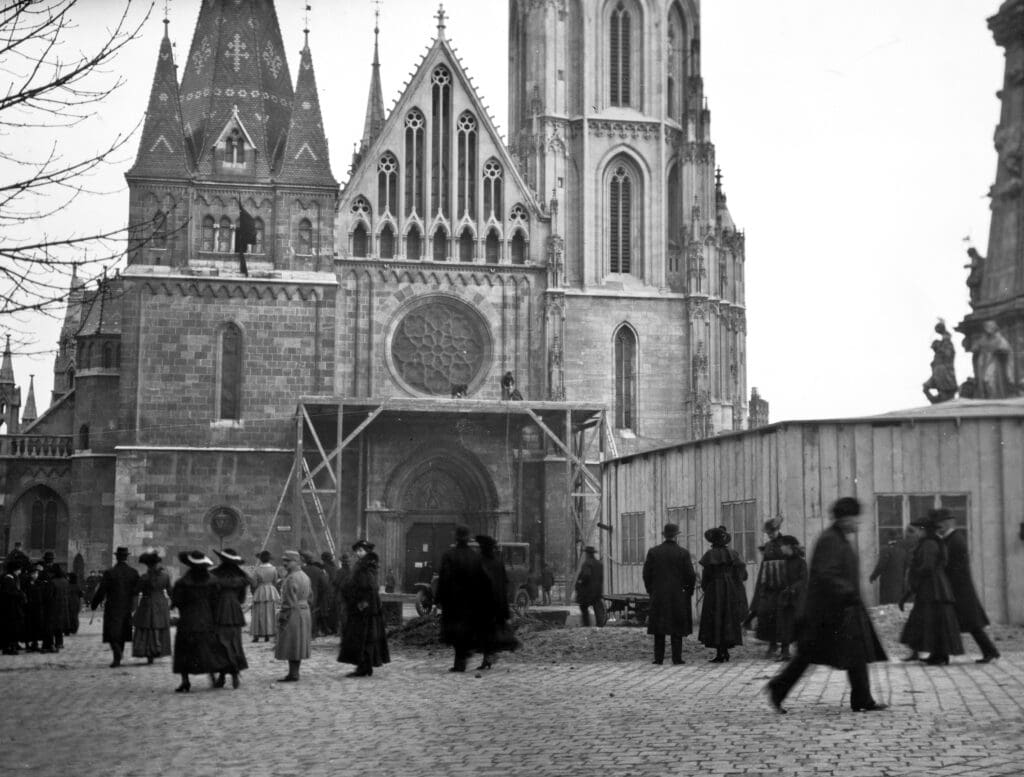
Not only the church, but Budapest itself also donned festive decorations for the day of the ceremony. Buildings were decorated with flags, and the streets with columns and pine trees. Charles, and his wife, Queen-Consort Zita were given traditional, Hungarian-style costumes as gifts from Hungarian aristocrats. Both wore them for the coronation.
The fateful day of 30 December started with the joint formal sitting of the two Houses parliament, which was followed by the church ceremony. A procession accompanied the king-to-be to the Mátyás Church. Hussar cavalry soldiers were followed by delegates of Budapest, archbishops, aristocrats, government and court functionaries, all dressed in traditional costumes, and on horseback. The royal couple arrived at the church in a splendid carriage, which was followed by the carriage of Prime Minister István Tisza, who, in his capacity of titular Vice-Palatine was designated to assist with the coronation. When the emperor and the guests entered Mátyás Church, Charles kneeled and kissed the Bible, swearing an oath to the Catholic Church. He was then anointed by the Archbishop of Esztergom. The coronation robe was placed on his shoulders, and he was given St Stephen’s sword, a mace, and the globus cruciger (cross-bearing orbit), the traditional coronation accessories, as symbols of royal power. Finally, the archbishop and Tisza put the Holy Crown on Charles’s head. The king was acclaimed, followed by the coronation of the Queen Consort.
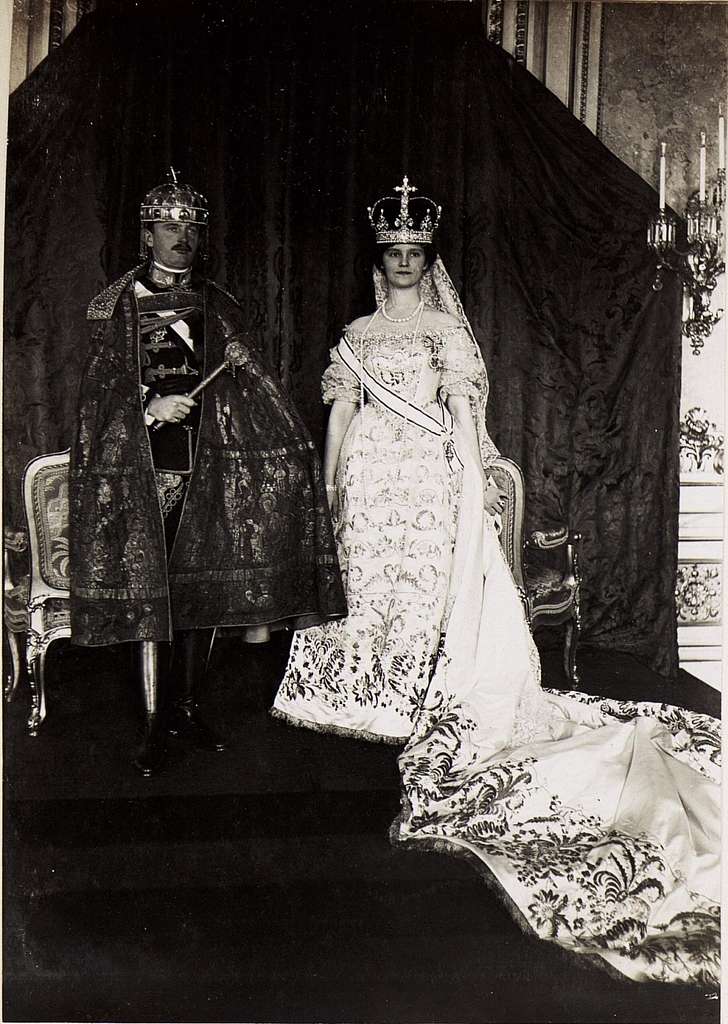
After the church ceremony, Charles proceeded to the Holy Trinity (Szentháromság) Square, where he recited his oath, swearing loyalty to Hungary and its constitution and laws. He promised to abide by these, and respect them. The new king then knighted several people, as it was also part of the coronation ceremony. On his request, however, most of the designated knights were front line soldiers, mostly wounded ones, as opposed to the tradition of knighting officers. As the final act of the coronation, the king mounted a horse, and wielded his sword towards the four cardinal points, promising to defend Hungary from any threat, from whichever directions it might come.
The ceremony was followed by a coronation lunch. Due to the war, popular festivities were not held. Instead, the poor got free lunch served for them from a soup kitchen. It is important to note that the official coronation lunch itself remained symbolic: although The guests gathered and the food was served, it was left intact, and immediately sent to military hospitals to feed the wounded soldiers.
The general mood was irenic, the majority wishing for the end of the long war. Opposition to the monarchy as such, or to the person of the king, was rare at the time. However, some were already disgruntled. The front-page of Népszava, the paper of the Social Democratic Party, was notoriously censored when reporting about the death of Francis Joseph, and so was their article about the coronation ceremony. Others saw the fact that the crown tilted when placed on the head of the king, as a bad omen. However, rays of sunlight also appeared during the moments of the coronation on the winter-dark sky.
The coronation ceremony of Charles IV was the last time Hungary saw the inauguration of a king. This was therefore the final showcasing of royal splendour and Hungary’s historical pride before the war was lost and the country was mutilated by the Treaty of Trianon. It was also the final episode of the era that many Hungarians look back on with nostalgia and call the ‘merry peace years’.

